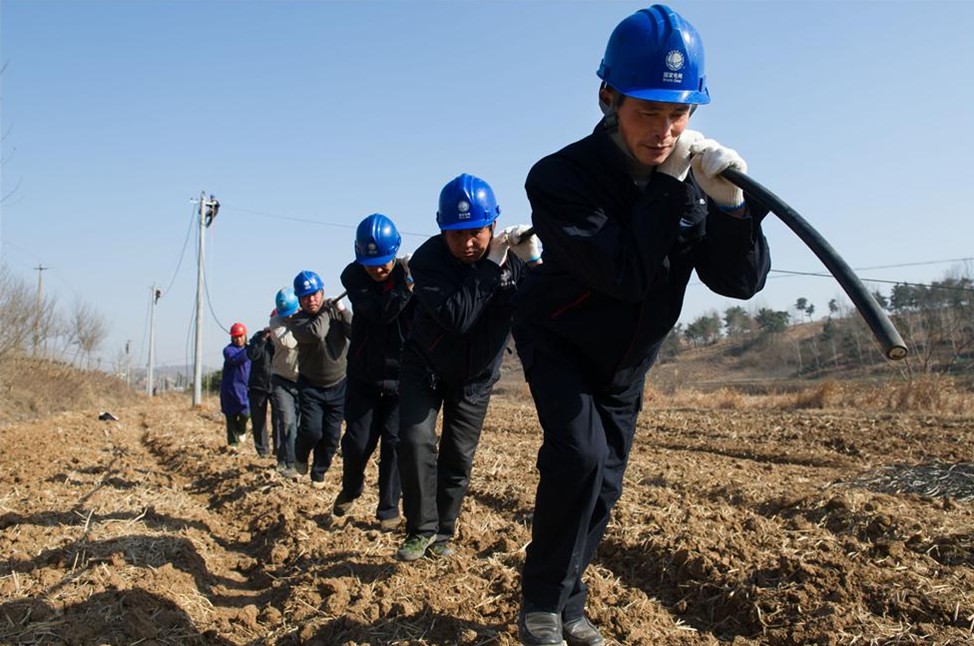(Peoples Daily Online)09:04, July 02, 2020
More and more policy lenders and commercial banks in China have managed to provide targeted loans for small and micro firms efficiently through cooperation with online platforms, including e-banks, since the beginning of this year.

(Photo/pixabay.com)
Chang Huanyu, an executive of a sound production service company in Chengdu, capital of southwest China鈥檚 Sichuan province, recently got a credit line of 1 million yuan ($141,600) from one of the major Internet banks in China, XWBank.
The loan helped Chang effectively solve the financing problem he faced when he needed more money to complete increasing online orders his company received during the COVID-19 epidemic.
With a mobile phone and an ID card, Chang was quickly granted a loan, which did not require a pledge or guarantee, and the interest rate was not high.
Chang鈥檚 company was one of the firms in the city that received loans online under a recent project launched by XWBank to help small and micro companies.
Chang couldn鈥檛 have got the loan merely through online application if it were not for the cooperation between XWBank and a policy lender, Sichuan branch of the Export-Import Bank of China, according to an executive of XWBank.
Through cooperation with Sichuan branch of the Export-Import Bank of China, XWBank brings via its online financial services the low-cost sub-loan fund provided by the policy lender to small and micro firms which need it, the executive explained.
On May 27, Sichuan branch of the Export-Import Bank of China granted a 300 million yuan (over $42 million) sub-loan fund for stabilizing employment to 11,337 small and micro enterprises through XWBank, saving jobs for around 220,000 people.
With the help of the Internet, these subsidized loans can be provided for small and micro firms that need them in a more precise and efficient way, pointed out Dong Ximiao, chief researcher of XWBank.
Policy lenders in China have reportedly prepared nearly 1 trillion yuan more credit quota than last year, and will issue more bonds this year.
An addition, over 100 billion yuan sub-loan funds have been provided for small and medium-sized banks, especially e-banks, to ease the pressure on small and micro firms in terms of financing, according to reports.
Not just policy lenders, many commercial banks have also intensified efforts to serve small and micro enterprises by actively cooperating with Internet banks and platforms.
MYbank, a leading online private commercial bank under Ant Financial Services Group, recently teamed up with organizations including All-China Federation of Industry and Commerce to launch a contactless loan project for small and micro companies.
The project, which attracted large state-owned banks like Postal Savings Banks of China and city commercial banks including Bank of Shizuishan, in northwest China鈥檚 Ningxia Hui autonomous region, offers safe and convenient financing services to small and micro firms, the self-employed, and farmers through MYbank鈥檚 online service channels on platforms including Alipay.
The project had provided more than 526.3 billion yuan (about $74.5 billion) worth of loans for over 13 million clients as of May 31.
China Banking and Insurance Regulatory Commission (CBIRC) encourages policy lenders and commercial banks to provide targeted loans for small and micro firms by enhancing business ties with Internet-based banks, an official of the CBIRC noted.
Closer cooperation with online platforms including e-banks has also led to significant improvement in efficiency of credit decision-making for policy lenders and commercial banks.
Weng Ziqi, executive of a catering company in east China鈥檚 Fujian province, recently got a credit line of 10 million yuan from China Everbright Bank (CEB) via an online review platform in less than 24 hours after submitting an application.
In the past, the whole process would take about a month, said Weng, whose company, which has nearly 100 outlets, had been under great pressure financially at the beginning of the year due to the COVID-19 pandemic.
The cooperation model of 鈥淚nternet platform + bank鈥?enables the bank to use the massive transaction data provided by the online review platform to assess the actual state of operation of businesses and their fund demand, according to the CEB, noting that the model has greatly improved its efficiency of credit decision-making.
In order to better serve small and micro enterprises, banks need to solve the problem of information asymmetry and grasp the actual situation of their clients more efficiently and accurately, said Ren Zenggang, deputy director of National Institution for Finance and Development of Chinese Academy of Social Sciences.
Internet banks and platforms have the advantage of traffic and data, which can help quickly judge the business condition of small and micro enterprises and individually-owned businesses with a lower cost of manpower, Ren noted.
By analyzing operation activities and relevant data of businesses via digital risk control models, banks can better assess the actual financing needs and loan repayment capabilities of companies, which help make detailed plans for such aspects as repayment period, interest rate level, and repayment methods, said Dong.
Such analyses are helpful for reducing risks and realizing the sustainability of inclusive financial services, Dong noted.
![]()


